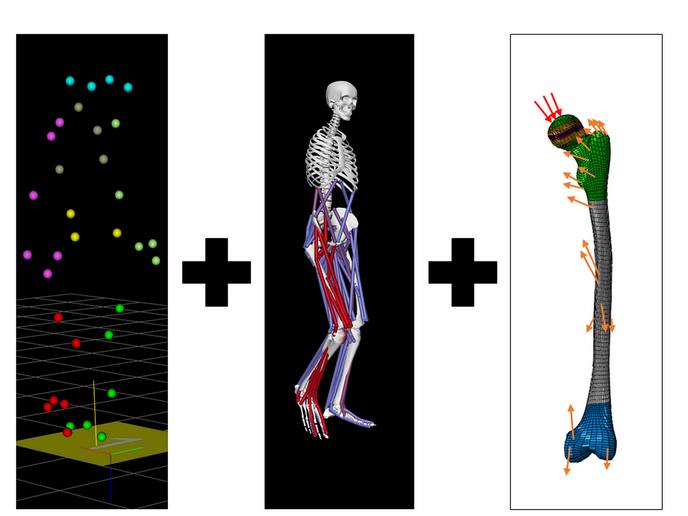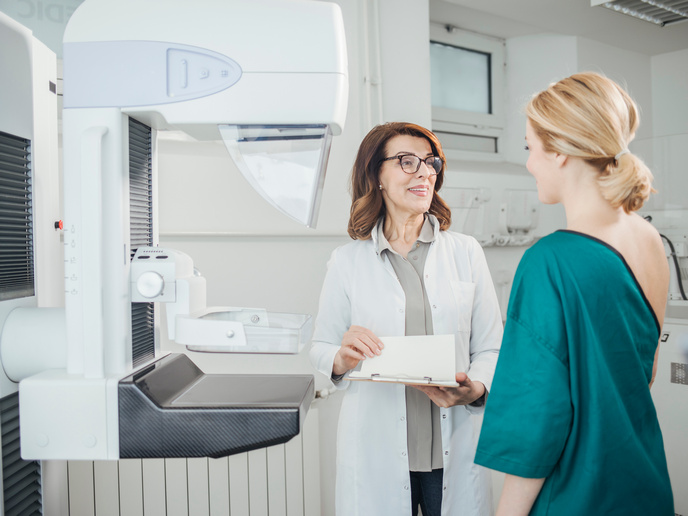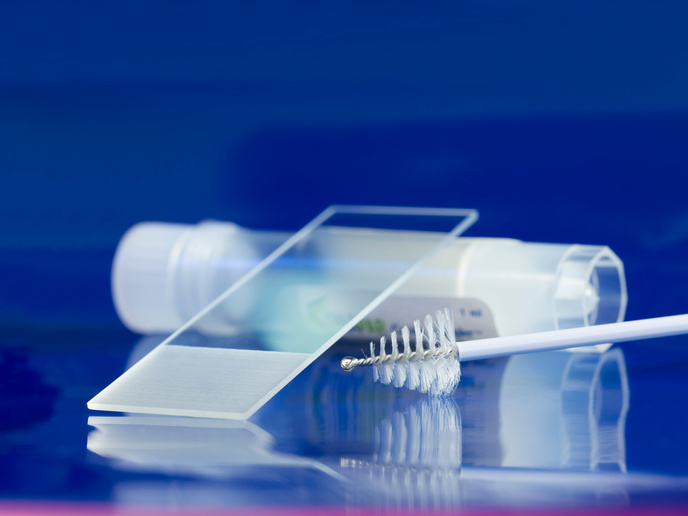Modelling to improve clinical decision-making for children with cerebral palsy
Cerebral palsy is caused by a lesion in the developing brain of children, altering the neural patterns responsible for muscle activation. As it progressively affects posture and the musculoskeletal system, routine activities become more difficult. Spasticity or abnormal muscle tone, diminished motor control and impaired balance compromise gait, making walking difficult. With age, these abnormalities increase as imbalanced muscular forces and muscle contractions prompt compensatory postures, resulting in progressive skeletal deformities. The EU-supported NORMAL-LOAD project investigated how the walking pattern of children with cerebral palsy impacts the loads placed on the femoral bones of their thighs. The research used computer modelling. This combined 3D gait analysis, musculoskeletal simulations and finite element analysis(opens in new window) to learn more about bone development in these children. “Being asked by an orthopaedic surgeon at the University Hospital Leuven which gait features might change the femoral geometry most based on my simulation results made me appreciate the value of our work,” says Hans Kainz from the Catholic University of Leuven(opens in new window).
Mechanobiological simulations
Treatment to correct musculoskeletal abnormalities and improve walking in children with cerebral palsy, often involves highly invasive orthopaedic surgery. However, success is only modest, with many patients experiencing no improvement. With support from the Marie Skłodowska-Curie Actions programme(opens in new window), NORMAL-LOAD set out to answer two clinical research questions. Firstly, how do femoral deformities develop? Secondly, can spasticity-reducing clinical interventions alter musculoskeletal loading and avoid these deformities? A femur model was first created using magnetic resonance images. Next, joint angles and various loads on the femur were calculated based on the walking pattern of 10 healthily developing children and those with cerebral palsy before and after receiving spasticity-reducing clinical interventions. Of the latter group, 14 children received the standard treatment of Butolin Toxin-A injections and 25 an operation to reduce spasticity known as selective dorsal rhizotomy(opens in new window). Computer modelling known as finite element analysis was used to simulate femoral growth under different loads. The main difference found was in the pelvic and hip movement during the mid-stance of the gait cycle. In children with abnormal femoral growth, their movement leads to a less posterior-oriented force between the hip joint and the femur, impeding hip and knee extension and hampering a fluid gait. Additionally, the team showed that the injections have a minor impact on femoral bone growth. However, the simulation indicated that selective dorsal rhizotomy enabled the femoral bone to grow more normally.
Reducing suffering and costs
Cerebral palsy is the most common neurological disorder in children, occurring in 2-3 births per 1 000(opens in new window). It has an estimated lifetime healthcare and socio-economic cost of EUR 800 000 to EUR 860 000(opens in new window) for each person affected. “Early load-modifying clinical interventions to improve walking patterns, such as selective dorsal rhizotomy, can reduce surgical corrections and so the suffering of children with cerebral palsy,” explains Ilse Jonkers, project supervisor. Some of the project outputs, such as the models and workflow, are already freely available(opens in new window). The remaining data (code, models and results) will be uploaded to the NORMAL-LOAD project page(opens in new window) after the research papers are published, a priority the team are currently working on. However, before NORMAL-LOAD’s workflow can be used in clinical studies, the workflow will have to be further validated using medical images taken of the same person at different time periods, to track actual bone growth. Currently assistant professor at the University of Vienna, Kainz is supervising a PhD student to do precisely that.







